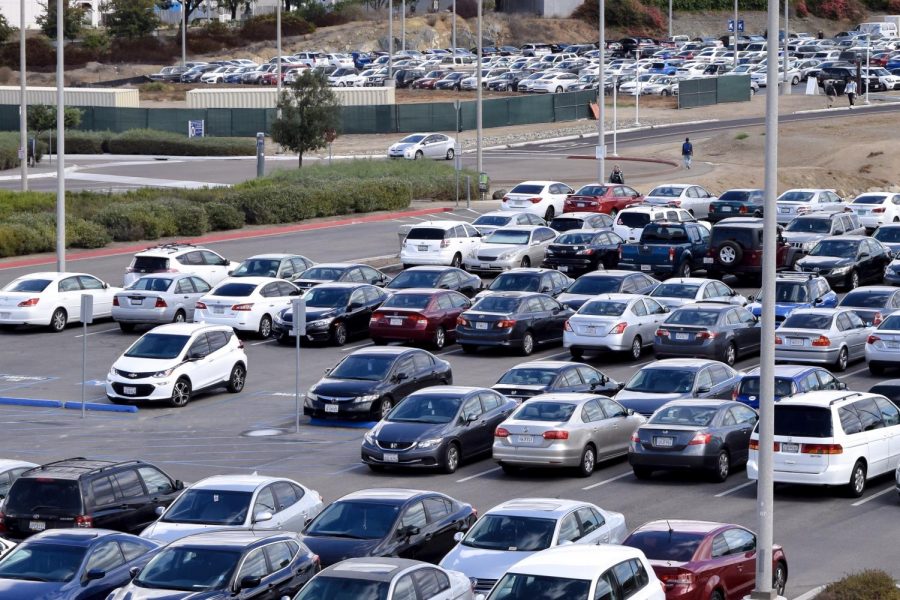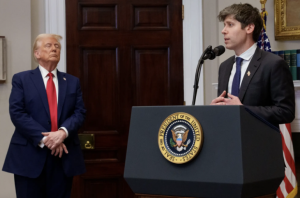New parking system follows with questions and concerns
Parking lots K and N at CSUSM, always filled with cars throughout the school days.
October 13, 2018
My tires stutter and slide, struggling to grab anything in the loose gravel. The dust surrounds my car as I roll to a stop in what I can only assume is an actual parking spot.
My new PayByPhone app struggles to gain a signal as I slog beneath the Lot X sign posted overhead. I walk for a minute or two, praying that I entered my license plate information correctly.
My money disappears into the ether as I confirm my exorbitant parking fee for the day. If I was benefiting from this new system, it sure didn’t feel like it.
Touted as a cost saving, time efficient alternative to CSUSM’s previous parking system, June 1 saw the implementation of the PayByPhone parking system. As with any new technology however, the intended audience should remain skeptical.
Flaunted as a benefit of the new virtual parking system, drivers are no longer required to display physical permits. Students that drive to school will soon realize however that this boastful benefit is in fact a wolf in sheep’s clothing.
Like most of my academic companions of semesters past, I found myself struggling to compile any sort of respectable class schedule. As a consequence of poorly plotted class scheduling, I was frequently on campus for several hours a day.
This of course required me to purchase a full day parking permit. I realized then, a flaw in the system.
The greatest part of my school day was getting back to my vehicle and knowing that I held a prepaid parking permit that was valid for the full day. Before the next car pulled up to the parking pass machine to purchase a permit, I would gleefully pass my ticket to them, thus preventing the loss of another precious $10.
If this was my way of giving back to my fellow students, the new virtual parking system made quick work of eradicating it.
Along with the dissolution of permit sharing, another unsettling facet of the new system lies in its use of license plate recognition software. This plate recognition, which is also known as LPR, tracks records and stores your license plate within its database.
I feel uneasy as I input my license plate information, body type, make, color and year. I wonder where this information is going, and who has access to it.
CSUSM’s own parking FAQ sheet claims that this information shall be used for “the strict purposes of verifying CSUSM parking permits on campus.” However, in September 2017, the California Supreme Court ruled that all automated license plate readers (ALPR) data collected is open to the public.
Additionally, as a result of a 2018 lawsuit filed by the American Civil Liberties Union Foundation of Northern California, it was discovered that “ICE purchased access to two private databases of ALPR data for potential use for civil immigration enforcement.”
Ask yourselves, how much do you trust the university to keep your information safe from prying eyes?
Surely the advent of a fully autonomous parking system will be the cure to Cal State San Marcos’ skyrocketing parking costs.
As I trudge up the seemingly endless slope of Craven from the abyss of the Lot X, past the horde of students counting on that next open spot, I can’t help but wonder who the true beneficiaries of this new parking system really are.






